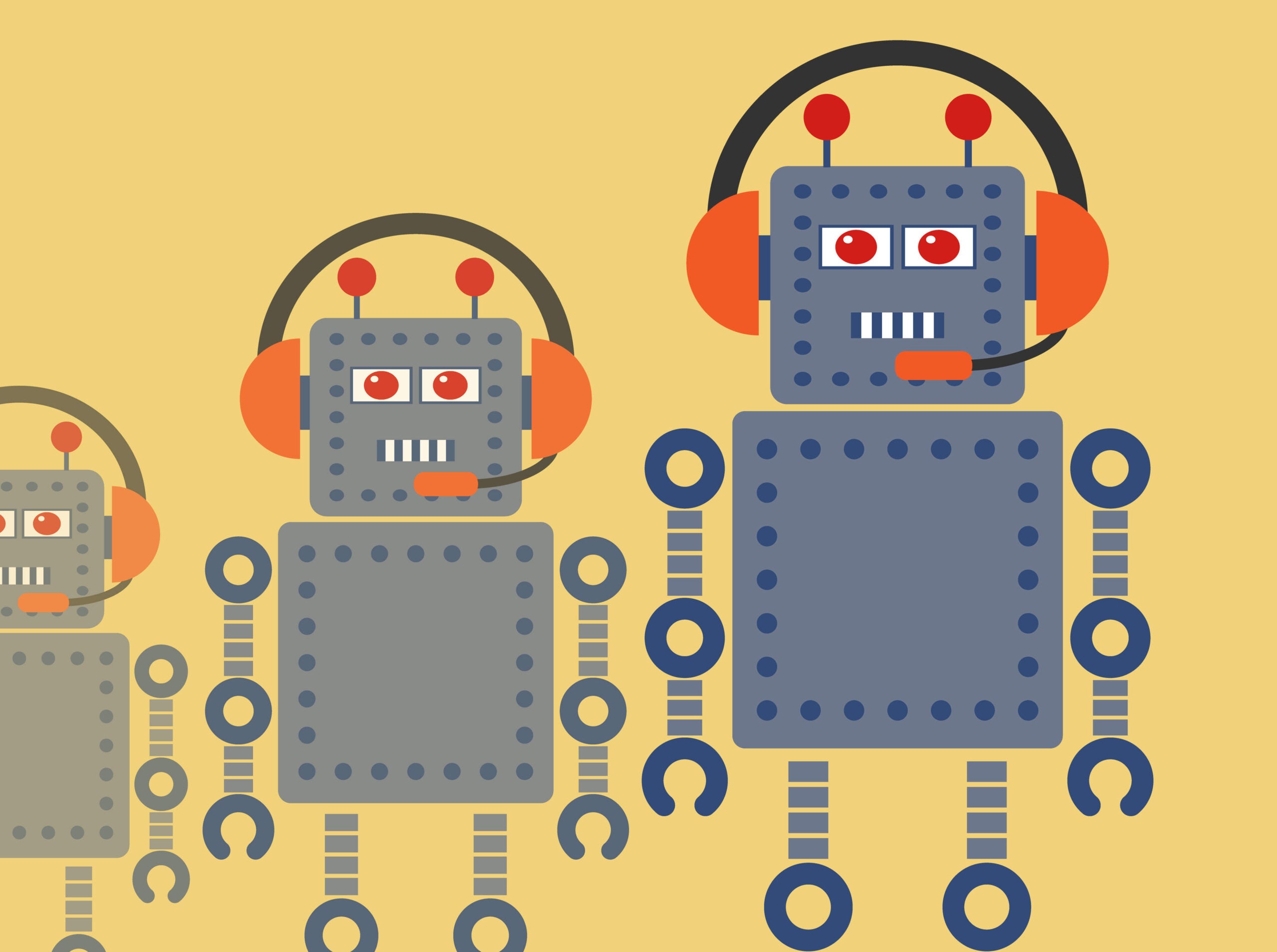
Call it artificial intelligence (AI), automation, machine learning, or cognitive computing, it can now support high-quality customer service, but only for companies prepared to accept that science fiction is becoming reality.
Businesses need to brace for the coming AI wave.
The technology made a public splash when IBM Watson in 2011 roundly beat human contestants on the US television game show, Jeopardy.
In 2017, the technology hasn’t just become mainstream, it is taken on high-profile roles on customer-facing help desks and customer care and IBM Watson has been joined by AI initiatives from the likes of tech giants Google, Microsoft, Fujitsu, Wipro, and Tata Consultancy Services.
So-called digital labour specialist IPsoft recently debuted the 3.0 release of the Amelia digital agent.
What makes AI worthwhile?
IPsoft executives outline five elements required for AI to be useful.
How well do you really know your competitors?
Access the most comprehensive Company Profiles on the market, powered by GlobalData. Save hours of research. Gain competitive edge.

Thank you!
Your download email will arrive shortly
Not ready to buy yet? Download a free sample
We are confident about the unique quality of our Company Profiles. However, we want you to make the most beneficial decision for your business, so we offer a free sample that you can download by submitting the below form
By GlobalData-
Conversational intelligence, for understanding natural language flow and context.
-
Analytics, to provide for decision-making.
-
Workflow, to handle complex interactions from start to end.
-
Experience Management, which looks forward and back in a conversation, for natural interactions.
-
And Learning, either supervised or self-learning, to train the AI to make the right decisions.
The results can be downright eerie.
An AI agent is not configured like software; it is trained and supervised like a new employee.
The agent observes others’ natural interactions, and learns from them. It ingests knowledge bases and other data sources, natural language and otherwise, including data that isn’t clean, and extracts relevant information.
In a recent live demonstration, IPsoft demonstrated Amelia ingesting a random Wikipedia page, then answering natural-language questions about information on the page.
The ways AI is being used in the wild
Among early adopters, some enterprises still use AI agents for simple, repetitive internal tasks such as password resets.
Others tap the capability to know vast repositories of information, for example to send the right support documents for internal employee IT help desk requests.
Besides being less expensive, when trained properly they are also more accurate than their human counterparts, providing better customer satisfaction.
Drawing from various cases, IPsoft’s executives claim Amelia can handle more than 60 percent of client requests with 94 percent accuracy; cases that fall out are transferred to human agents for handling.
Since AI uses compute resources, it can scale to handle whatever number of concurrent interactions are needed.
Where’s the bad?
So far, AI hasn’t resulted in massive contact centre job losses that some have predicted, but over time it will certainly augment jobs and change the way people work.
Languages have proved harder than expected: IPsoft’s Amelia was created for English, and enterprise executives note challenges implementing the digital agent in Swedish or Japanese.
Machines also lack ethics or diversity training.
They might accidentally be taught to discriminate. Then there was the case of AI that lied to a customer: it insisted it was a human representative because it had not been taught otherwise.
It’s a cautionary example that for all their amazing ability, these machines’ abilities is only as good as the data and training humans give them.




Related Company Profiles
Wipro Ltd
Fujitsu Ltd
Microsoft Corp
Google LLC
Amelia US LLC